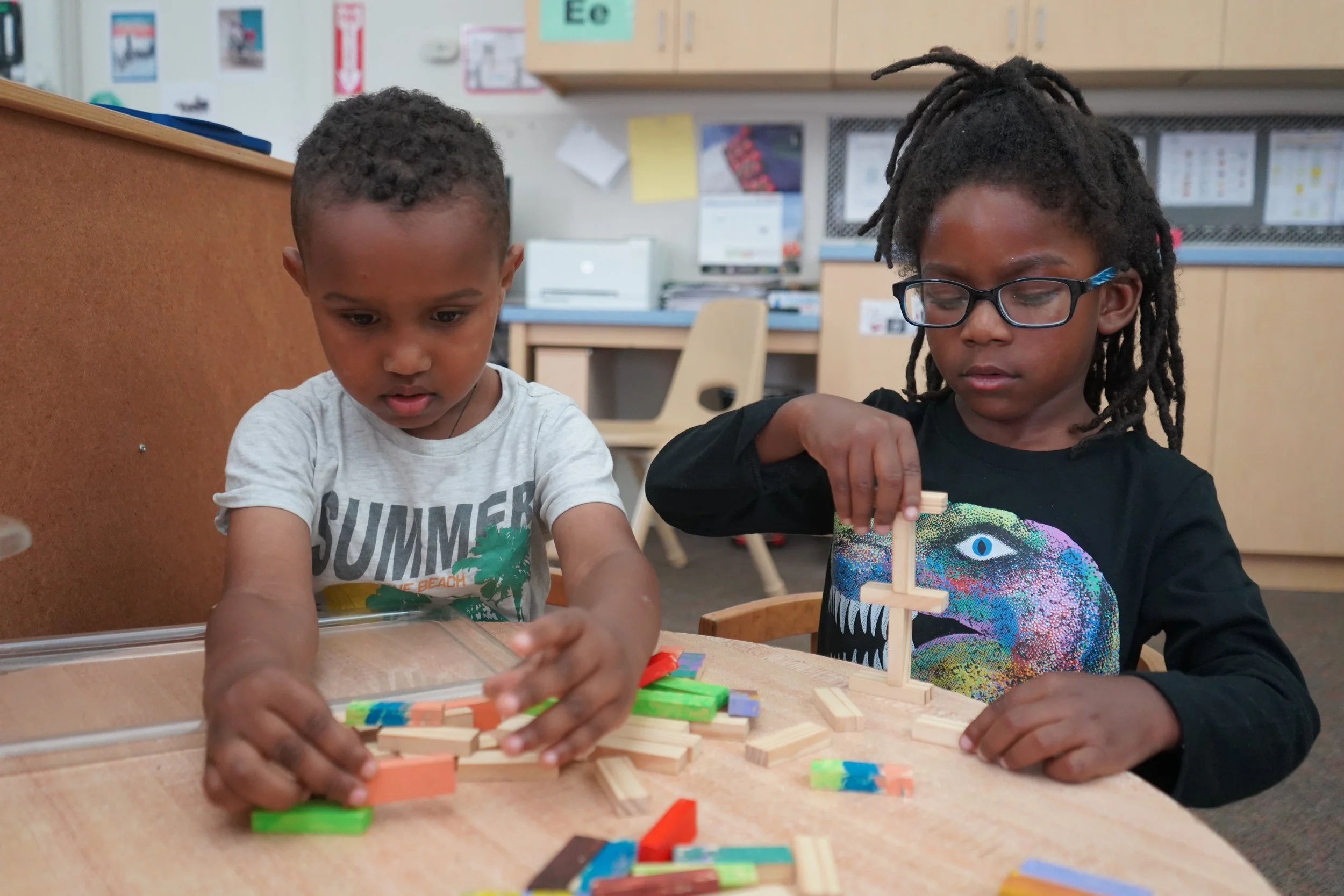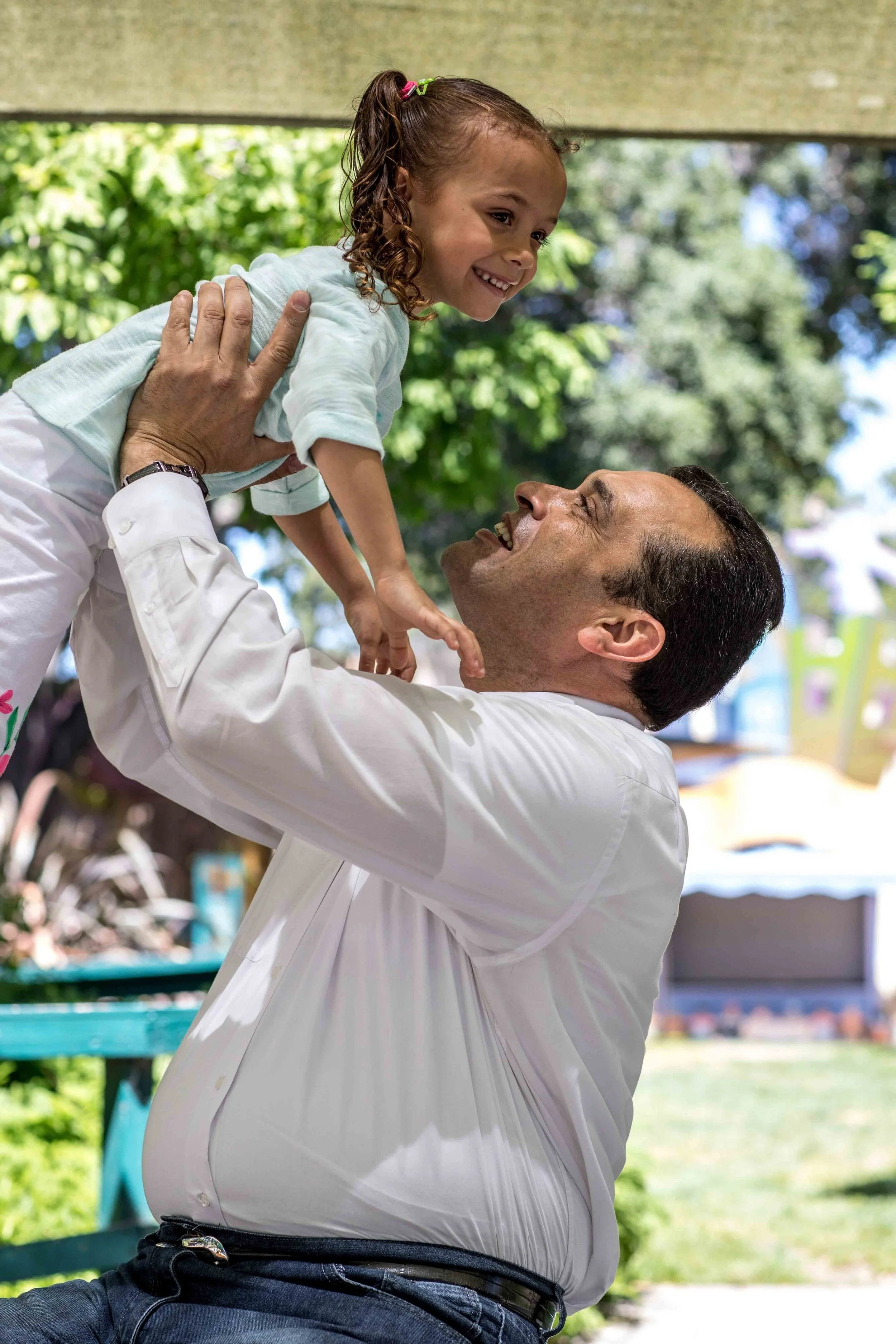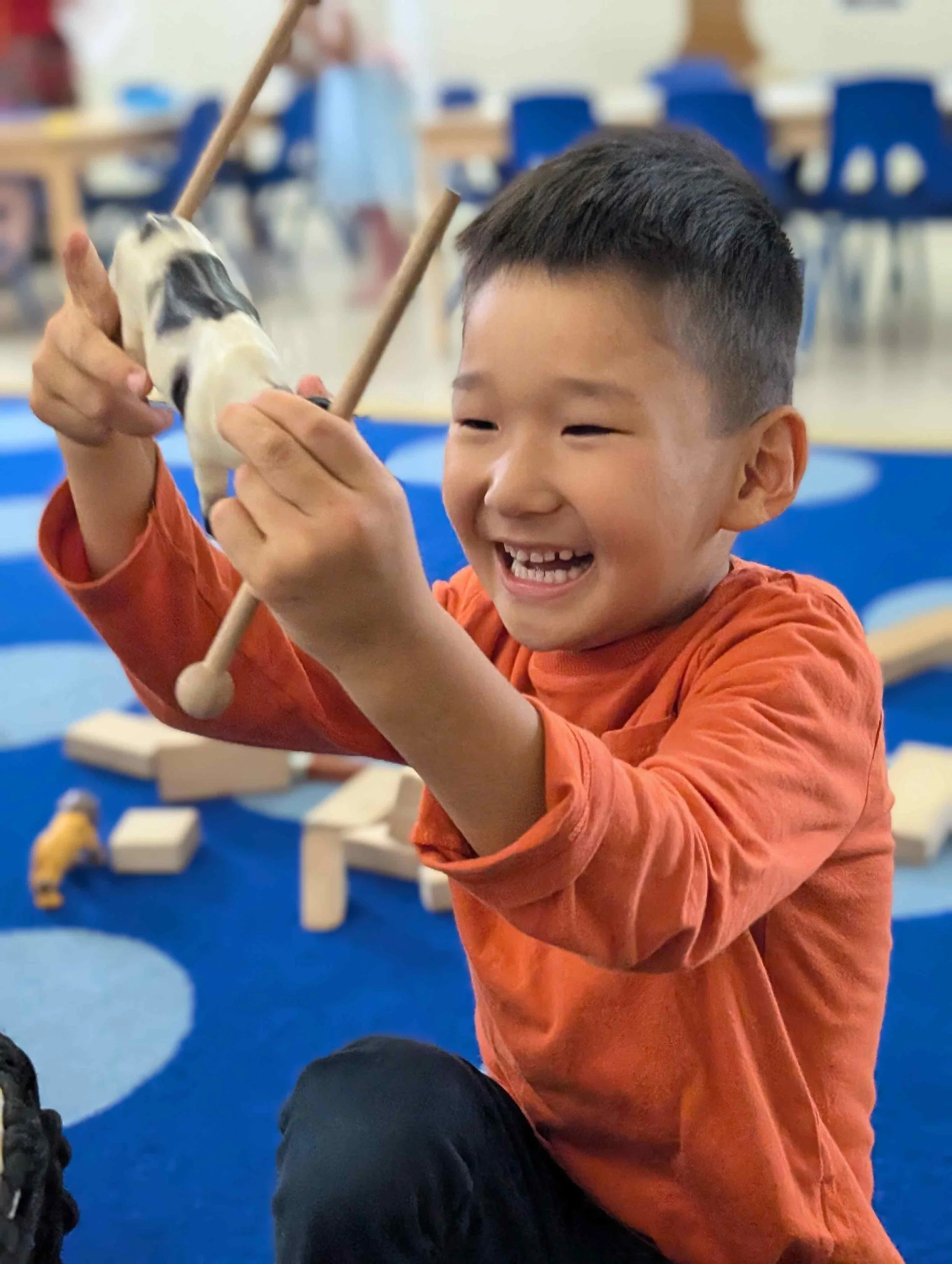
Glossary
Some of the below terms were excerpted from the Family Decision Toolkit: A Guide to Early Learning and Child Care Programs Available to Families in California:
-
These preschool programs provide part-day and full-day preschool services to eligible 3- and 4-year-old children from low-income families. The program focuses on both education and development, helping prepare children for Kindergarten through age-appropriate learning activities, social skill development, and health screening services. To qualify, families must meet income eligibility and other requirements. CSPP programs are operated by local educational agencies, colleges, community organizations, and licensed child care centers.
-
A child care center is in a commercial, faith-based, or community building. Child care centers care for infants up to school-age children. Many child care centers have classes or groups for children who are three and four-year-olds that are preschool-oriented and designed to prepare children for Kindergarten.
-
Sometimes referred to as Parent Participation Nursery Schools (PPNS), Co-ops are centered on community and family involvement. Parents are very involved with their child’s early education. Usually, the preschool is administered and maintained by parents. Parents assist with administrative support, cleanup, food prep, etc. Parents contribute time in exchange for lower tuition rates. Parents rotate caring for the children, and there may be no more than 12 children in care.
-
This may stand for Early Childhood Education, or Early Care and Education.
-
Both these terms can be utilized with any age group under 5 that is participating in a program that has an education component. Education in child care settings should be play-based and looks different than a K-12 classroom. Child Care: Also, Childcare, and typically refers to programs for younger children who are not in a preschool program yet. While child care is a component of all early learning programs, it is the focus of
our youngest learners. -
A family child care home cares for children in the caregiver’s home. A family child care home is licensed as either a small or large home. Small homes may have up to eight children at a time, and large homes may have up to fourteen children at a time, if there is a helper. Many family child care homes are structured in a way that gives three and four-year-olds the school readiness opportunities they will need to be prepared for Kindergarten.
-
Some subsidized care options require a family fee to be paid.
-
Family, Friend, or Neighbor Care (also known as License-Exempt Child Care or FFN) is care provided in the child's or child care provider's home by a person who is a relative, friend, or neighbor, or another license-exempt provider. FFN providers can enhance a child’s readiness for school by participating in community programs and activities, playgroups, offering readiness opportunities at home, and ensuring children are socializing regularly with other children.
-
Head Start provides comprehensive early childhood education, health, nutrition, and parent involvement services to low-income children (ages 0-5) and their families. The program aims to promote school readiness by supporting children's cognitive, social, and emotional development through classroom education, health screenings, and family support services. Head Start programs are free for eligible families who meet income requirements. Head Start programs are full and part-time, some operate on a school year calendar (typically August - June).
-
“CCLD licensed care settings" refers to facilities that are licensed by the California Department of Social Services' Community Care Licensing Division (CCL), which includes child care centers (CCCs) and family child care homes (FCCHs), meaning they provide non-medical care and supervision to children in a regulated setting, either in a commercial building (CCC) or within a caregiver's own home (FCCH). This represents both subsidized and non-subsidized care.
-
If you are providing care for your children (or those of a relative), and children from only one other family then you do not need a child care license and you are legally exempt (license-exempt) from license requirements in California. Other situations such as the child care you may utilize at your gym, or a rec program, also are not required to be licensed. Learn more at childcarelaw.org
-
A nanny or babysitter is a child care specialist whose workplace is a family’s private home. An in-home care provider may be employed full-time or part-time, long-term or short-term and the nanny may or may not live with the family. Similar to FFN providers, in-home care providers can offer a variety of school readiness activities. Multiple families may partner in a nanny share which means that they jointly hire a caregiver to work in their homes.
-
Similar to child care centers, there are preschools that serve children starting at a certain age, such as three years old or two years and nine months. These are often tuition-based and some will accept child care subsidies. Generally, these programs are designed to prepare children for Kindergarten.
-
Many libraries, city parks and recreation programs, community-based organizations, and other groups offer part-day or limited-time programming (such as in the summer) developed to prepare children for Kindergarten. Most are low-cost or free. These are ideal for children who are not in a full time preschool or child care program but they provide opportunities for socialization with other children, some academic elements, and a way for three and four-year-olds to gain independence before starting Kindergarten.
-
Many Alameda County school districts offer preschool programs for three and four-year-olds. These programs are free for those who qualify. They are different from Transitional Kindergarten classrooms.
-
The State of CA provides subsidized care for a number of circumstances for families. This guide will help you understand if you may qualify.
-
Licensed child care centers and homes abide by health and safety
standards found in CA law Title 22, this includes subsidized and full-pay programs. -
Transitional Kindergarten (TK) is a free to all Pre-Kindergarten program where children learn together through play and develop their social skills. TK is free of charge as part of California’s public school system. Starting in the 2025-26 school year, all children who turn four by September 1 are eligible for TK. Most TK programs are part-day and paired with before and after-school programming for families who need full-day care and operate on the school year calendar (typically August - June).
-
Universal Pre-K is CA’s plan of mixed-delivery opportunities to support care and education options for families. It consists of TK as well as family child care and center-based programs, both subsidized and unsubsidized care.

